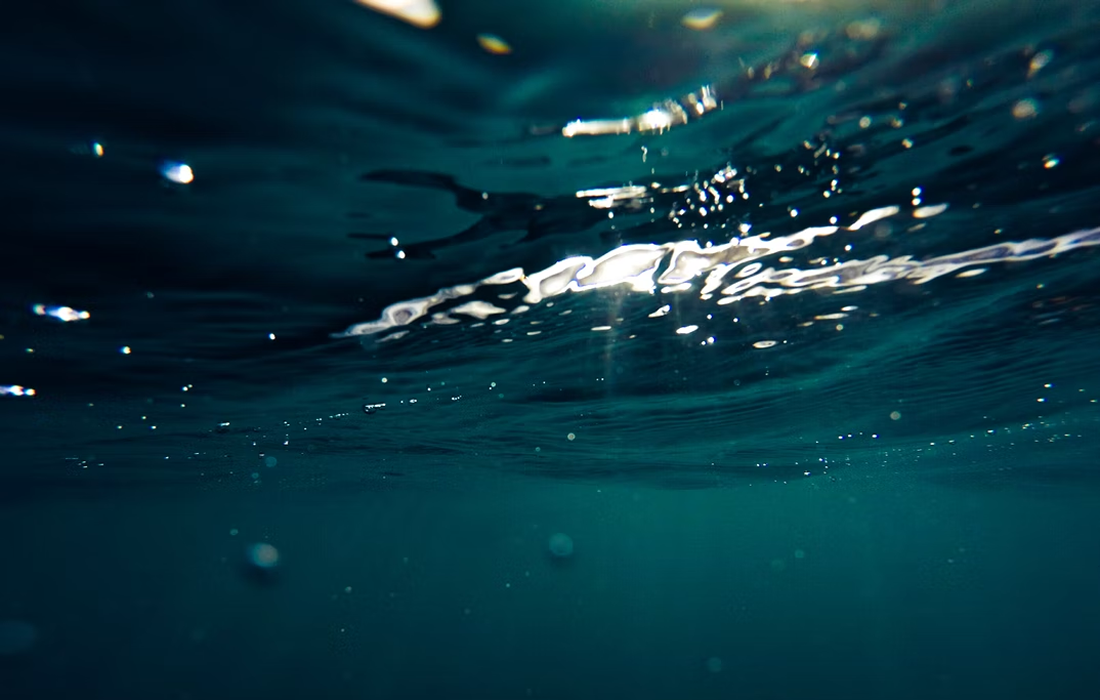Regenerative Medicine News and General Information
Microplastics May Help Viruses Stay Longer in Water
In recent years, pollution from microplastics (i.e. plastic particles < 5 mm in size) has received particular attention due to their high concentration and potential for widespread dissemination within terrestrial, freshwater, marine, and atmospheric environments.
These microplastics can become quickly colonized by microorganisms, and studies have started to describe and identify the microbial communities that develop within this so-called “plastisphere.” The potential risk of human pathogenic bacteria colonizing plastics is being evaluated in different studies.
Other than bacteria, viruses such as human enteric viruses like rotavirus (RV), hepatitis A (HAV), and norovirus (NoV) are shed in high concentrations in the feces of infected individuals and can potentially stay in microplastics.
In a recently published study, researchers found that viruses can attach better to microplastics and remain stable when compared to staying in water alone. The results of the study appear in the journal Environmental Pollution.
The researchers tested 2 types of viruses, one that was a bacteriophage (bacteria-eating virus), known as Phi6, that has an envelope similar to the flu virus, and a rotavirus stain SA11, that was not-enveloped.
They grew biofilms on 2 mm polyethylene microplastic pellets by inserting them into a flask containing filtered lake water, unfiltered lake water, or water that was infused with nutrients that promoted bacterial growth for 7 to 14 days.
All of the water treatments used had formation of biofilms, but they formed more rapidly in the pellets from the nutrient-based water source.
Virus particles were protected against inactivation factors when associated with the biofilm on microplastic surfaces.
The results of the study suggest that viruses can colonize microplastic pellets, and may become a potential public health risk due to the increased amount of exposure to microplastics in the environment.
Source:
Vanessa Moresco, et al. Binding, recovery, and infectiousness of enveloped and non-enveloped viruses associated with plastic pollution in surface water. 2022. Environmental Pollution. https://doi.org/10.1016/j.envpol.2022.119594
Image from:
Photo by Cristian Palmer on Unsplash

